This week’s journey takes us back to one of our favorite holiday destinations on the globe: the spectacular Algarve region of Portugal. From its rocky ochre coastline to its rich cultural and historical past, we couldn’t think of anywhere else we’d rather spend our date-iversary (is that a thing?! it is for us!) than in the Algarvian port city of Lagos.
Located on the far western shores of the Algarve, Lagos has a long and storied past. A trading settlement was first established here by the Phoenicians as early as the 7th century BC, drawing both ancient Greeks and Carthaginians to its shores. The Romans later conquered and occupied the region in the second century BC, naming the settlement Lacóbriga. With the fall of Rome came occupation by the Visigoths and Byzantines in the 6th century, followed by a long period of Moorish occupation beginning in the eighth. The Moors incorporated the settlement – then known as Zawaia, meaning lago or lake – into the larger region known as al-gharb (later Algarve), fortifying the city and establishing trade routes between Northern Africa and the greater Iberian peninsula. Control of the city shifted between the Moors and Portuguese in the 13th century, until the Algarve was finally incorporated into the Kingdom of Portugal in 1249.
The city’s superb natural harbor inspired the Portuguese king to assemble his fleet in Lagos in 1415, and by the mid-15th century, the city became the center of Portuguese maritime exploration. While discovery brought new goods and spices to the kingdom, it also brought slavery to post-medieval Europe, as the first slave market was established on the continent in Lagos in 1444 (more on this abhorrent aspect of the city’s history below). The region’s wealth and status grew steadily, and Lagos served as the high-profile capital of the Algarve from the late 16th to mid-18th century. Much of the city was destroyed by a massive earthquake and tsunami in 1755; the administrative seat of the Algarve region thus shifted to relatively undamaged Faro the following year.
Today, Lagos is a popular holiday destination, particularly in the summer months. Its jaw-dropping coastline, delicious cuisine – much caught fresh daily from the sea – and friendly locals draw visitors from around the world. Our journey to Lagos in late May of 2017 was not our first holiday in the Algarve; as some of our friends and loyal readers may remember, we went on our first date in the nearby town of Carvoeiro in 2011. This was, however, our first visit to Lagos, and we were eager to hit the ground running after our hour-long drive from the airport in Faro.
We started our exploration of this beautiful and historic port city in its well-preserved old town. What we found was truly a feast for our senses! We strolled along cobbled streets laid out in the most intricate and unexpected of designs, admiring the contrast of exquisitely tiled storefronts to simple whitewashed cafes and apartment homes. The air was filled with the scent of spring blossoms and the distant but ever-present peal of church bells. It was a wonderful way to start our romantic getaway in Lagos!









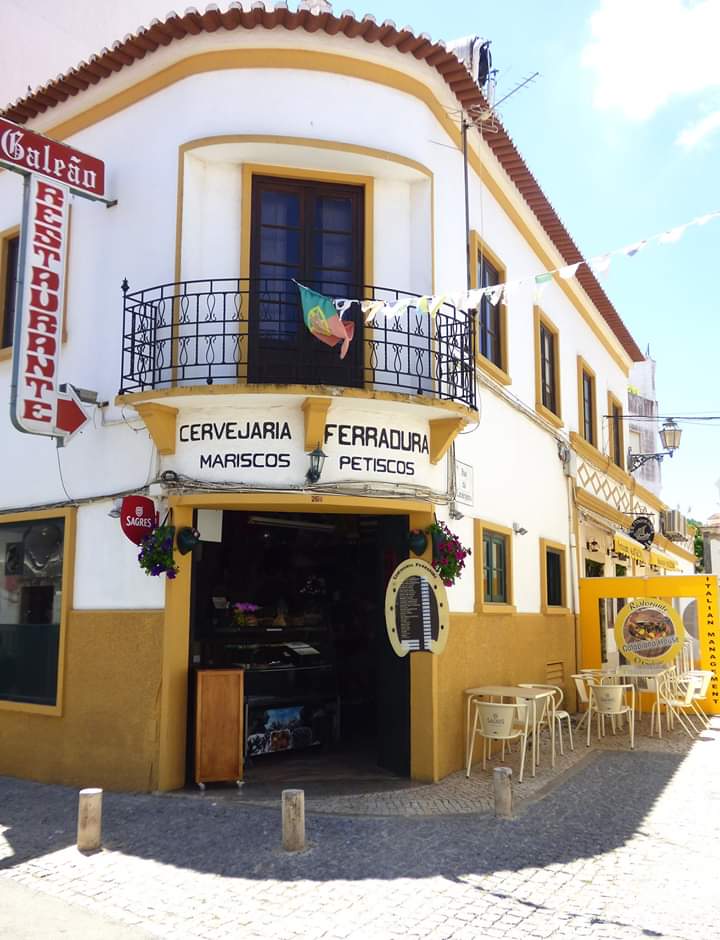

After a lovely lunch and several hours spent wandering through the old town, we found ourselves in the Praça Infante Dom Henrique, the city’s main square. In one corner of the square stands the Igreja de Santa Maria (St. Mary’s Church). A place of worship has existed here since 1498, and the current structure – dating from the mid-18th century – continues to serve as a vibrant local parish church. It was a lovely place to spend a few minutes of quiet contemplation, and a welcome retreat from the hot summer sun.



Across the square stands a small, unassuming building with a tragic and horrifying past: it is here, historians believe, that Europe’s first slave market was established. In 1444, Prince Henry the Navigator began shipping slaves from Arguin Bay, a Portuguese trading post off the coast of Mauritania in West Africa, to the city of Lagos. A contemporary account (Crónica do Descobrimento e Conquista da Guiné by Gomes Eanes de Zurara) of the conditions in the Mercado de Escravos details “the abject misery and trauma witnessed when the first slaves were sold on the site” (Travel In Portugal), including husbands separated from wives, and children violently ripped from their parents and siblings. The West African slave trade to Lagos continued unabated, and within 10 years approximately 800 slaves were transported along this route each year. By the 16th century, it is believed that African slaves made up roughly 10% of the population of the Algarve.
The building currently on site was built in the late 17th century to house the Royal Overseer’s office, and later a customs house. Today, a small museum documenting the market’s devastating past can be found inside. Although we dearly wished to learn more about the market’s history, the museum was closed to the public during the hours of our visit.


We found one of the last remaining portions of the old town walls a short distance from the mercado. The section pictured below – the Porta de São Gonçalo – features a small arched gate flanked by two well-preserved Albarran towers.

Our last stop of the day in Lagos was Forte da Ponta da Bandeira (also known as the Fort of Our Lady of Penha da Franca), a small fort on the city’s waterfront. Built around 1690 and strategically positioned where the Rio Bensafrim meets the sea, the fort served an important defensive role, protecting Lagos from frequent raids by Barbary pirates and the Spanish. Utilized by the Portuguese military into the 20th century, Ponta da Bandeira is now open to the public for a small fee. We enjoyed wandering along the ramparts and admiring the work of local artisans exhibited inside.





We retired to our hotel at this point, eager for dinner and the opportunity to rest our aching feet. As much as we both wanted to enjoy the region’s famously beautiful beaches, they would have to wait for the next day!
We rose bright and early the following morning, enjoying a quick breakfast before making the short drive to our first beach of the day: Praia da Dona Ana. Here, steep yellow-hued cliffs rise from the turquoise waters of the Atlantic, inviting swimmers, kayakers and paddle boarders to explore its hidden grottos, towering arches and craggy shores.

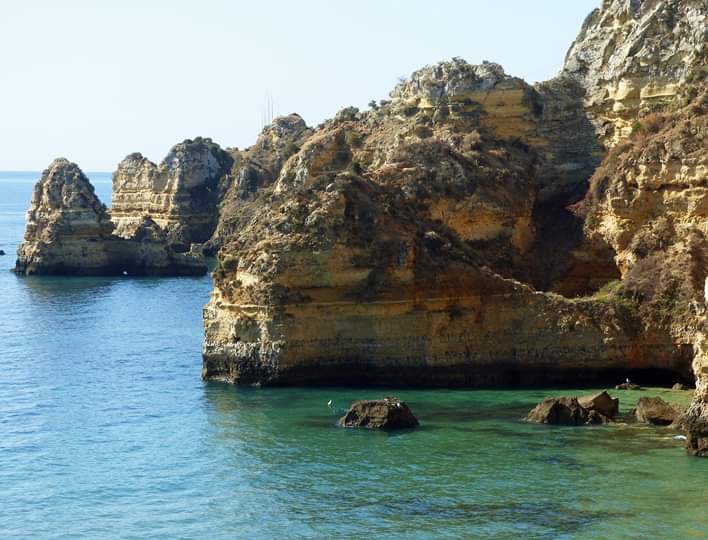
The beach at Dona Ana was rapidly filling with locals and tourists even in the early hours of the morning. Eager for a little more privacy, we opted to move on to the next beach along the coastline. It was here, on the pale yellow sands of Praia do Camilo, that we fell head over heels in love with Lagos. We’ll let the photos below speak for themselves, but suffice to say it was the most beautiful and enjoyable beach we’ve ever visited!











After hours of swimming, sun bathing and picnicking on Praia do Camilo, we decided to hike along the clifftops to take in the views of the famed Ponta da Piedade. We’re still picking up our jaws from the amazing views from this trail!
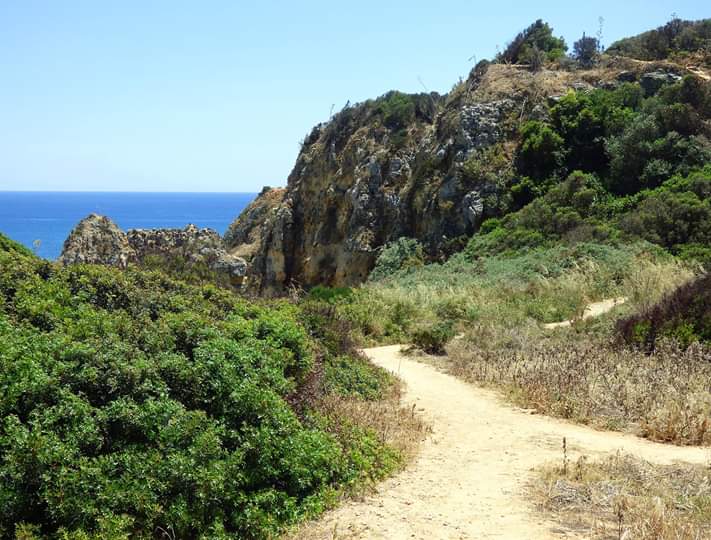




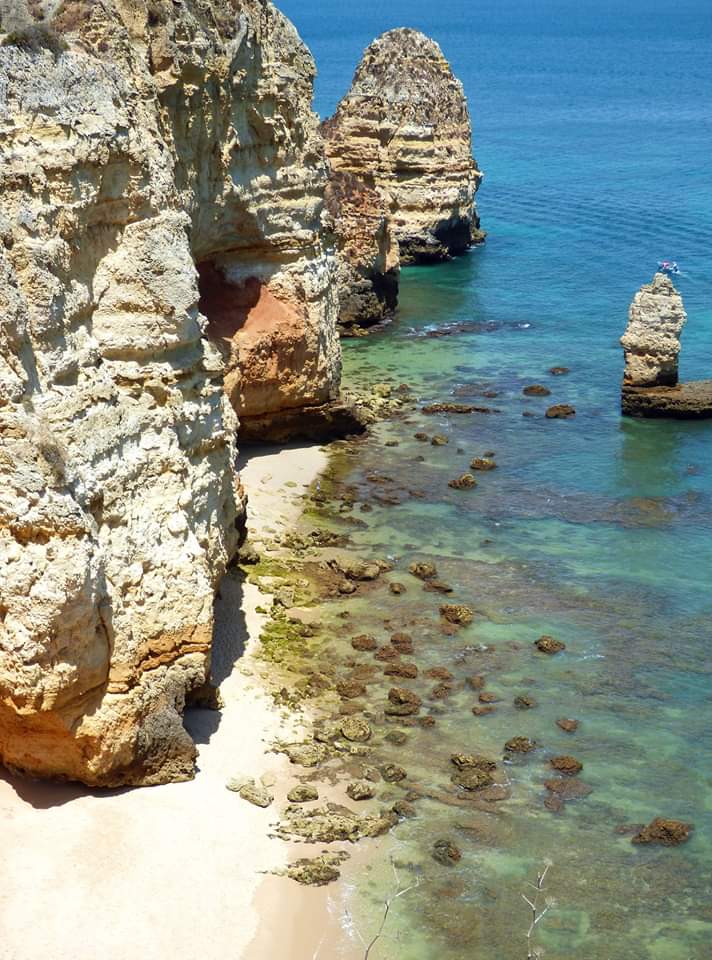




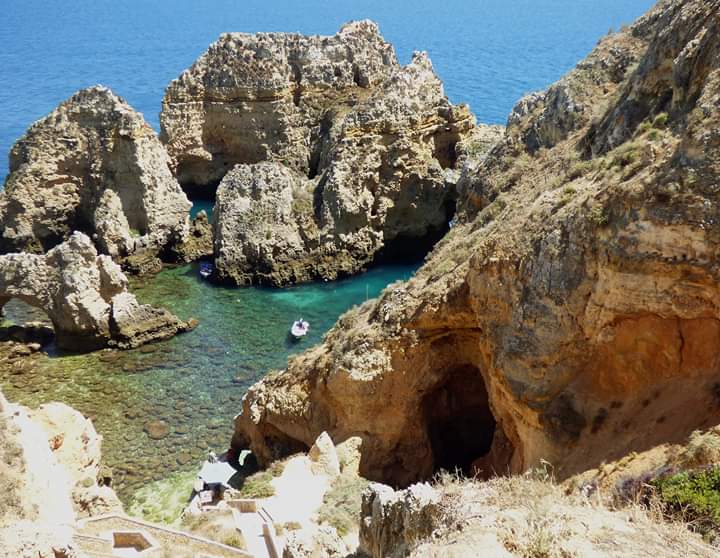








There was so much more we wanted to do and see in Lagos, but on our short three day visit we were beckoned to some of the Algarve’s other stunning locations. Here are some highlights of our journey to Praia da Marinha, the Benagil sea cave, and of course, our return to Carvoeiro.



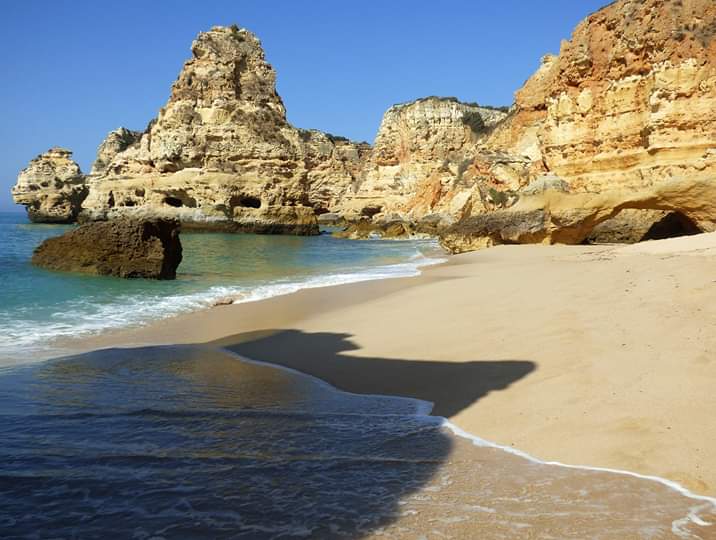




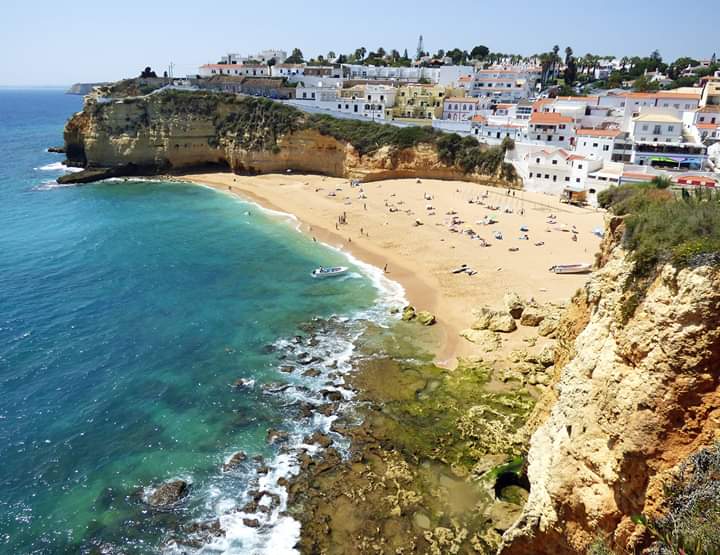

For anyone interested, we stayed at the Belmar Spa & Beach Resort. The room, staff, food and amenities were all lovely, and we’d recommend it to anyone staying in Lagos. The close proximity to the beaches was also a huge plus!



Because we’re us, here’s an obligatory cat photo:

Thank you for joining us on this spectacular Portuguese holiday! – T. + B. June
Next post: A Day in London

Spectacular pictures (as they always are) and fantastic writing and descriptions! Thank you Brooke for another great episode of “Junes on a Journey”!!!
________________________________
LikeLiked by 1 person